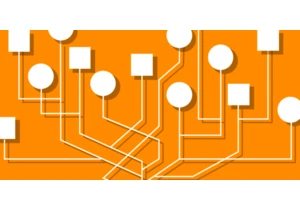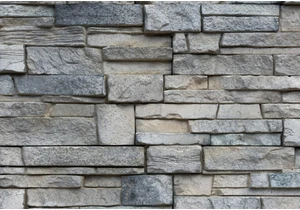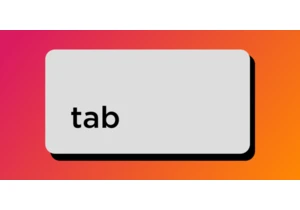Sara Soueidan digs into this HTML/UX situation. “Yes” or “no” is a boolean situation. A checkbox represents this: it’s either on or off (uh, mostly). But is a checkbox always the best UX? It depends, of course:
Use radio buttons if you expect the answer to be equally distributed. If I expect the answer to be heavily biased to one answer I prefer the checkbox. That way the user either makes an explicit statement or just acknowledges the expected
… Read article ““Yes or No?””
The post “Yes or No?” appeared first on CSS-Tricks. You can support CSS-Tricks by being an MVP Supporter.
Login to add comment
Other posts in this group


I went on to figure out how make masonry work today with other browsers. I'm happy to report I've found a way — and, bonus! — that support can be provided with only 66 lines of JavaScript.
<hr


Brad Frost introduced the “Atomic Design” concept wayyyy back in 2013. He even

Chrome 139 is experimenting with Open UI’s proposed Interest Invoker API, which would be used to create tooltips, hover menus, hover cards, quick actions, and other types of UIs for showing more in

Focus trapping is about managing focus within an element, such that focus always stays within it. The whole process sounds simple in theory, but it can quite difficult to build in practice, mostly

A versal letters is a typographic flourish found in illuminated manuscripts and traditional book design, where it adds visual interest and helps guide a reader’s eye to where they should begin.
